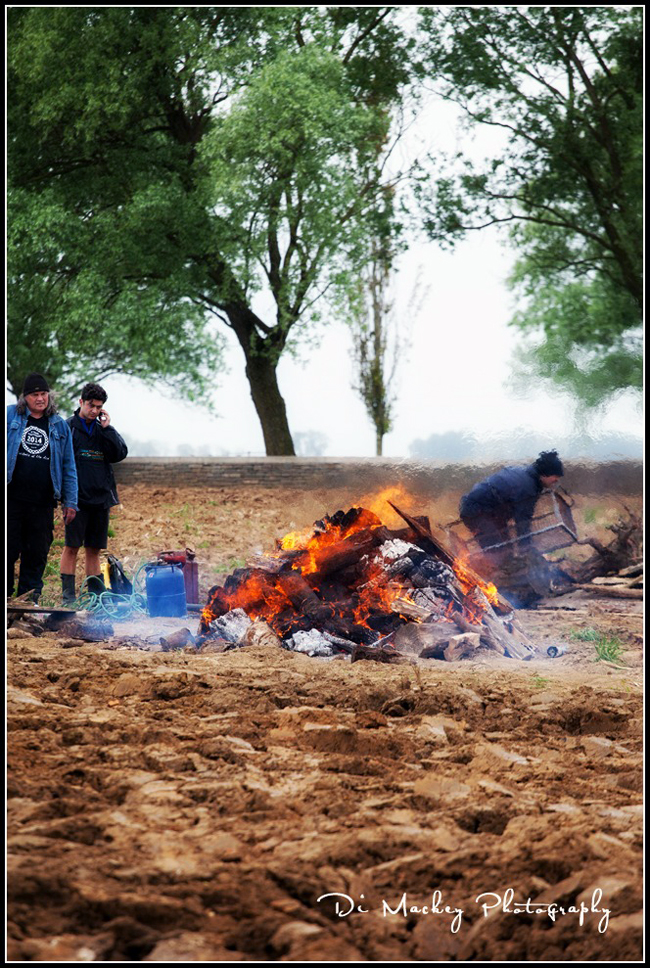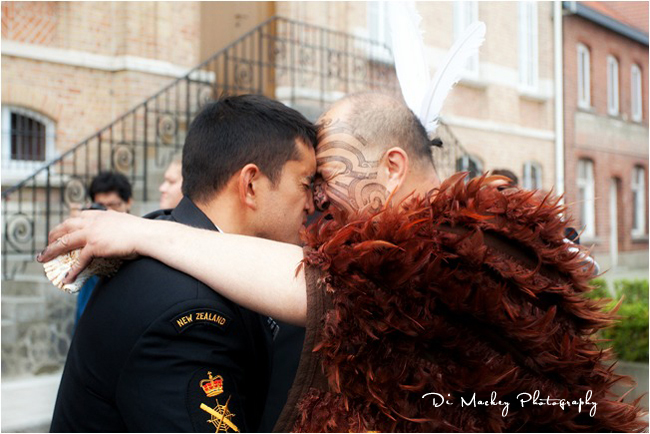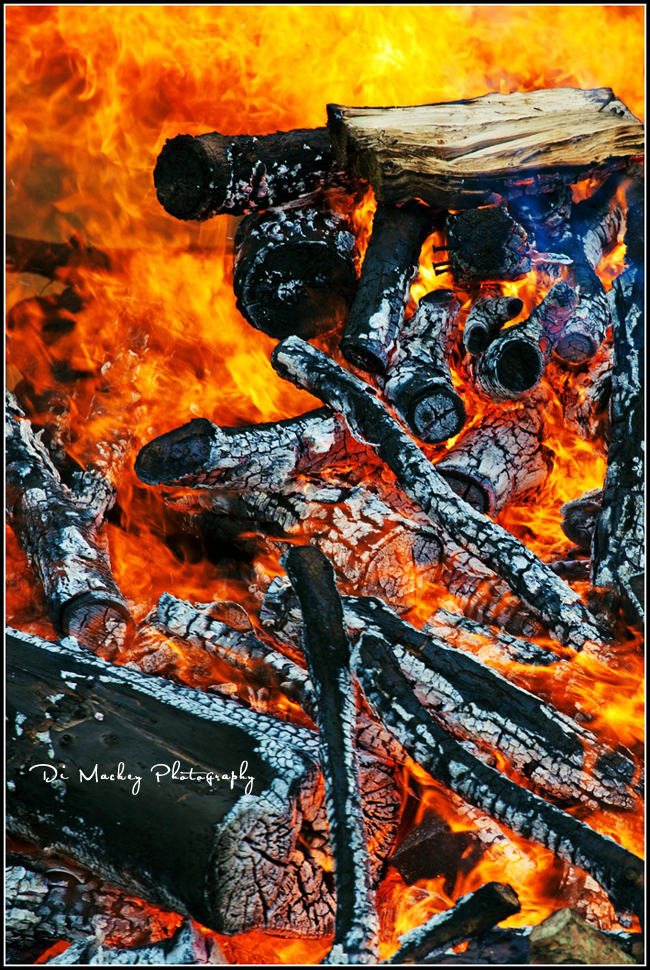I use Facebook. It works for clients who want to come along for the ride, it works as a place to escape for a few minutes when I'm alone here at the desk for days on end.
And I find and share things there but they're lost, quite fast, as that world scrolls through the days, weeks and months.
So I might start noting my best finds here once a week.
I loved this story about two anonymous artists known as Dangerdust. Art students who, once a week, sneak in a create a chalk masterpiece at Columbus College of Art and Design. There's an interview with them over here, one where they retain their anonimity.
Jaron writes an important article titled When a Kidnapped Journalist is a Freelancer. Freelancers are often people driven to tell the story, capture a truth, however this was sobering: 'Like most freelancers, Ricardo went into war zones sans insurance. The reason has more to do with cold, hard economics than with bravado.
Photos rarely sell for the price of a train ticket. Videos rarely sell for more than the cost of a plane ticket. Trusted insurance policies that cover death, terrorism, kidnapping, extortion, etc. cost thousands of dollars over the course of a year. For the majority of freelancers who are living hand to mouth, such policies are simply unaffordable.'
I was introduced to the work of Tyler Knott, author, poet, photographer and artist. A visit to his website felt like a rather lovely gift to myself.
I rediscovered one of Germany’s most famous anti-Nazi heroes, Sophie Scholl. She was born in 1921 and while she was a university student in Munich, she and her brother, Hans formed a non-violent, anti-Nazi resistance group with several friends. They called it the White Rose. The group ran a leaflet and graffiti campaign calling on their fellow Germans to resist Hilter's regime.
At her execution, Scholl made this final statement: "How can we expect righteousness to prevail when there is hardly anyone willing to give himself up individually to a righteous cause. Such a fine, sunny day, and I have to go, but what does my death matter, if through us thousands of people are awakened and stirred to action?"
And that reminds me, I discovered a website called A Mighty Girl. Having grown without the influence of strong role models this seems like a gift to pass around.
Then there was the story of The Missing in the Mediterranean. Every month, hundreds in north Africa and the Middle East leave by boat to seek new lives in Europe. But many vanish without trace. Immigrants are very much a political football in our time but I suspect that many of those violently opposed to freedom of movement in times of danger and difficulties would be first to flee countries where violence and poverty reign.
The New Zealand Movie, Pa Boys, is finally out on dvd. I've been desperate to view it but so very stuck on the other side of the world. I just need to order it now. They're also running a talent search for unpublished music for the sequel. I'm rapt.
There is so much more but this is more than enough for a first listing of things I've read and enjoyed. I hope there's something for you too.















